The Story Behind Ghana's "Kente" Cloth
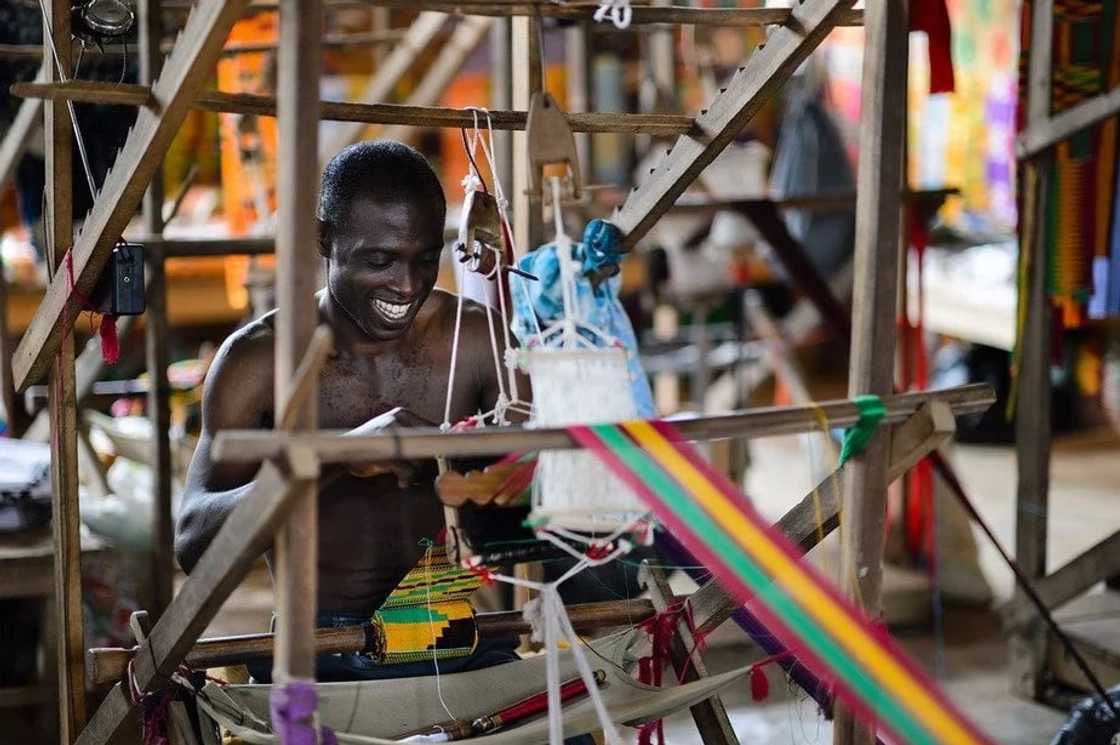
"Kente" is a colorful Ghanaian traditional fabric which is worn mostly on important occasions and celebrations. A trip to Bonwire in the Ashanti region, would teach one the story behind "Kente", one of Ghana’s most revered fabrics and also how it is made.
Bonwire is a town in Ejisu-Juaben Municipal district in the Ashanti Region of Ghana. It is the home of the Akan "Kente" cloth. Located 18km on the Kumasi-Mampong Road, Bonwire is popular worldwide for "Kente" weaving. "Kente" was developed around 17th Century A.D by the people of Ashanti Kingdom and can be traced to the long tradition of weaving in Africa dating back to circa 3000 BC.
The origin of Kente according to Joe, the tour guide is that, it is grounded in both legends and history. For the legend, two hunters named Ameyaw and Kuragu had their weaving lessons from a spider that was weaving its web. They tried to do same by weaving a beautiful fabric.
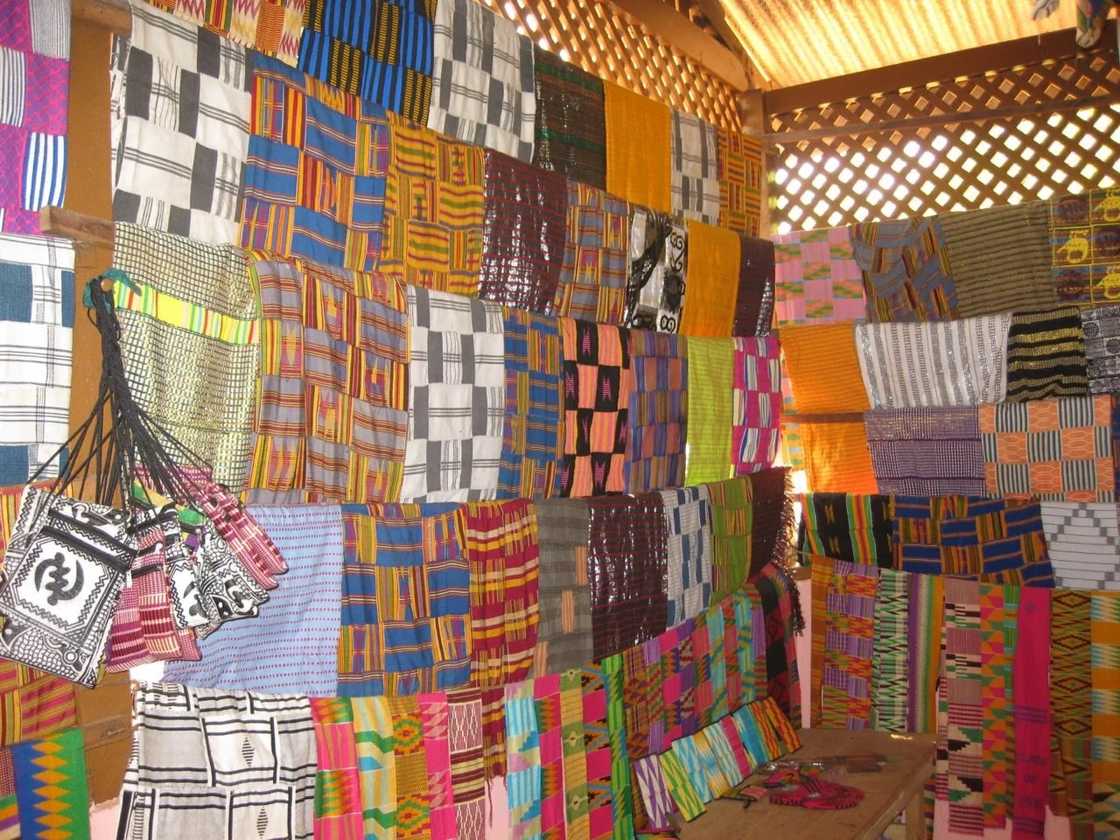
Due to the nature of the weaving of the web, the fabric they produced looked like a basket which is known in the local palance as “K3nt3n”. The cloth then became “k3nt3n ntoma” which over time has become Kente.
They later told their story to the then Chief of Bonwire, Nana Bobie Ansah I, who in turn passed on the important news to the paramount chief of the Asantes- the Asantehene, Nana Prempeh I. The Asantehene did not hesitate adopting the fabric for all Asantis as a national cloth for special occasions like funerals, festivals, naming ceremonies and marriage ceremonies. The production of the cloth has subsequently been improved to what we have here today as “Kente”.
"Kente" is woven on ancient hand looms with craftsmen operating the loom with their hands and feet. The needle, which tread the wrap are placed between the toes and a shuttle passing from the left hand to the right hand in weft movement inserts the weft.
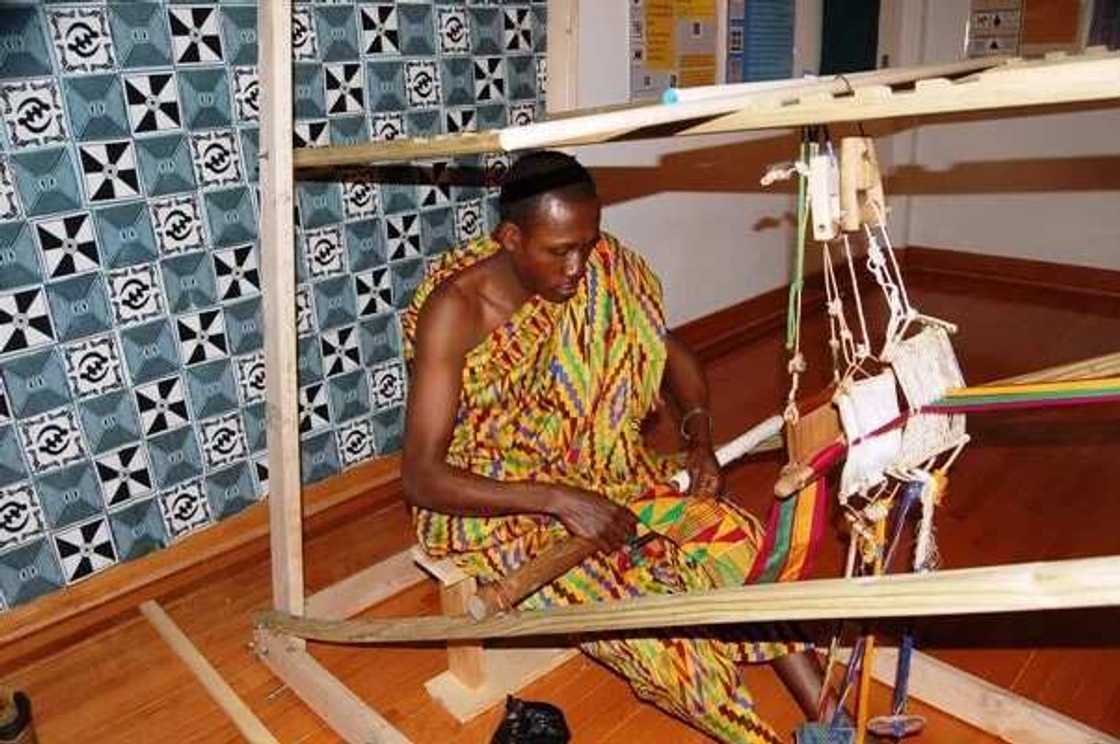
Simultaneous with this action comes the Kente loom music, a well-known noisy Kro-hin-kro … Kro-hin-kro. This rhythm is made by the reverberating shuttle as they entwine the colored yarns smoothly over one another to produce the dazzling double – weave strips of the cloth, about eight feet long and by four inches wide. The strips are sewn together to make the required sizes.
There are about 50 types of "Kente" patterns with the most reputable and expensive of all the patterns in the Asante culture being “Adwene asa” which is translated as “my skills are exhausted”. It is indeed the last word in the Kente cloths, one in which the strips join all the known designs. It was created only for the kings of Asanteman and only one master craftsman can weave it. Sometimes weavers compose new designs of honour. An example is the design called “Fathia Fata Nkrumah” literally translated as “Nkrumah merits Fathia”. This design was created in 1960 for Ghana’s first president Dr. Kwame Nkrumah and his Egyptian wife madam Fathia.
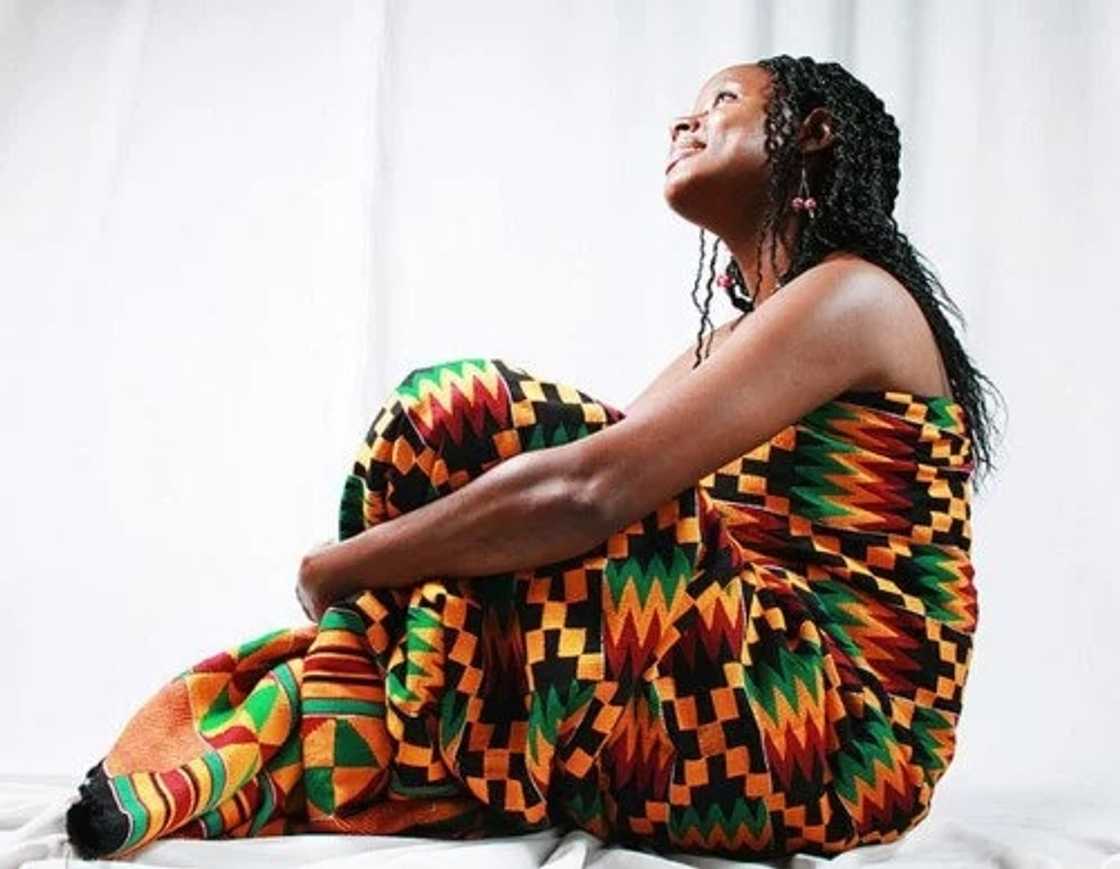
"Kente", now Ghana’s national cloth, is one indigenous handicraft that has won world wide recognition. There are many types of Kente, each with its own symbolism and name, which tells the history, culture and social practice of the weavers of the cloth.
Declared a national cloth on the attainment of independence on 6th march 1957, Kente is used for different purposes and at different functions. It is important to note that "Kente" is used not only for its beauty but also for its representational imperative. The weaver derive names and meaning from moral values, oral literature, philosophical concepts, human behavior, individual achievements, animal life, proverbs and social code of conduct.
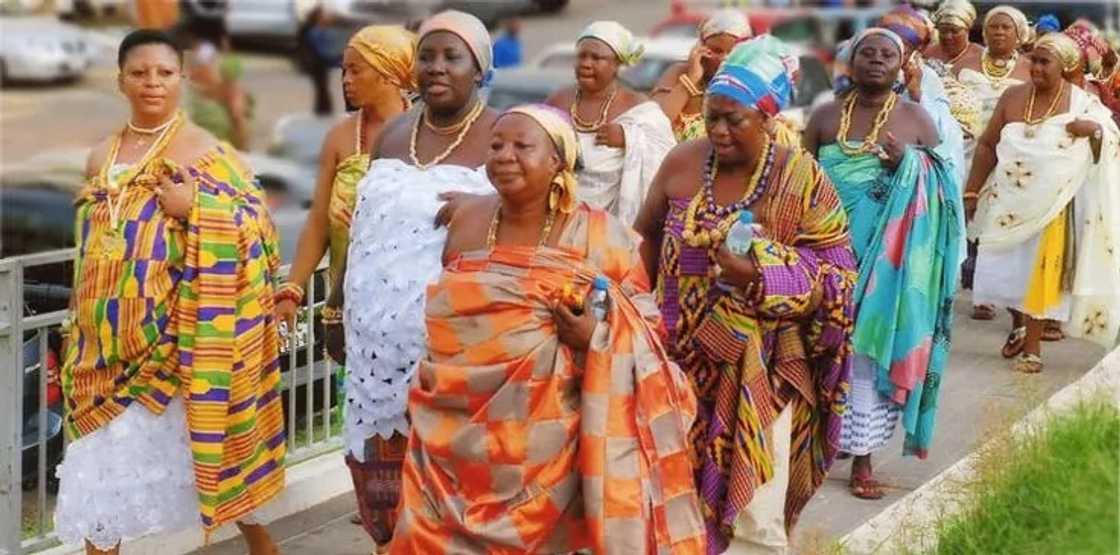
So, if you ever want to buy traditional "Kente cloth", then Bonwire is one of the best places to go. A lot of the "Kente" cloth that you can buy in Kumasi, Accra and other parts of Ghana actually comes from Bonwire, so to make sure you get a cheap price, go and visit there!
By Johanes Mcwood/ Frema Ashkar
Source: YEN.com.gh

